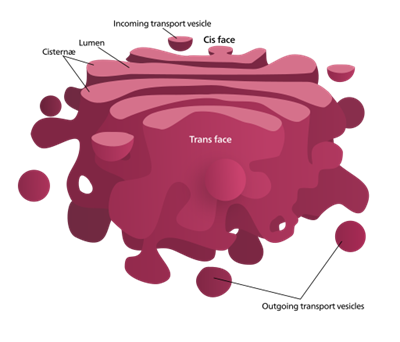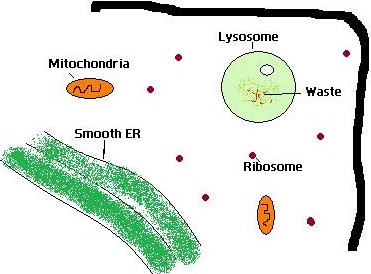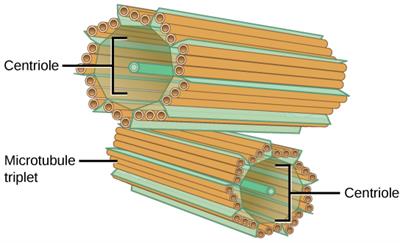
PUMPA - SMART LEARNING
எங்கள் ஆசிரியர்களுடன் 1-ஆன்-1 ஆலோசனை நேரத்தைப் பெறுங்கள். டாப்பர் ஆவதற்கு நாங்கள் பயிற்சி அளிப்போம்
Book Free DemoGolgi bodies:
The membrane-bound sacs stacked one upon the other and associated with secretory vesicles and flattened, stacked pouches are known as cisternae. These are collectively known as the Golgi complex.
The Golgi apparatus is found in the cell's cytoplasm next to the endoplasmic reticulum and near the nucleus.

Golgi complex
Functions of Golgi complex:
- They are involved in the production of secretory substances.
- They are involved in packaging.
- They play a major role in secretion.
Due to these characteristics, the Golgi bodies are the cell organelles responsible for the colour and taste of fruits.
Lysosome:
These are the membrane-bound cell organelles containing digestive enzymes that break down the excess or worn-out parts of the cells by cell lysis. Hence they are known as the suicidal bags of the cell. These cell organelles are tiny to view under a light microscope.

Lysosome
The three major functions of lysosomes are as follows:
- They are involved in the breakdown/digestion of macromolecules.
- They are involved in cell repair.
- They are responsible for the responses against foreign substances such as bacteria, viruses and other antigens.
Centrioles:
These are structures that are generally found close to the nucleus. They are made up of tube-like structures known as microtubules. The centrioles are found only in animal cells and are absent in plant cells. These structures help in the separation of chromosomes during cell division.

Centrioles
Reference:
https://upload.wikimedia.org/wikipedia/commons/thumb/4/42/Golgi_apparatus_%28borderless_version%29-en.svg/512px-Golgi_apparatus_%28borderless_version%29-en.svg.png
https://upload.wikimedia.org/wikipedia/commons/f/f6/Lysosome21.jpg
https://upload.wikimedia.org/wikipedia/commons/6/6d/Figure_04_03_08.jpg